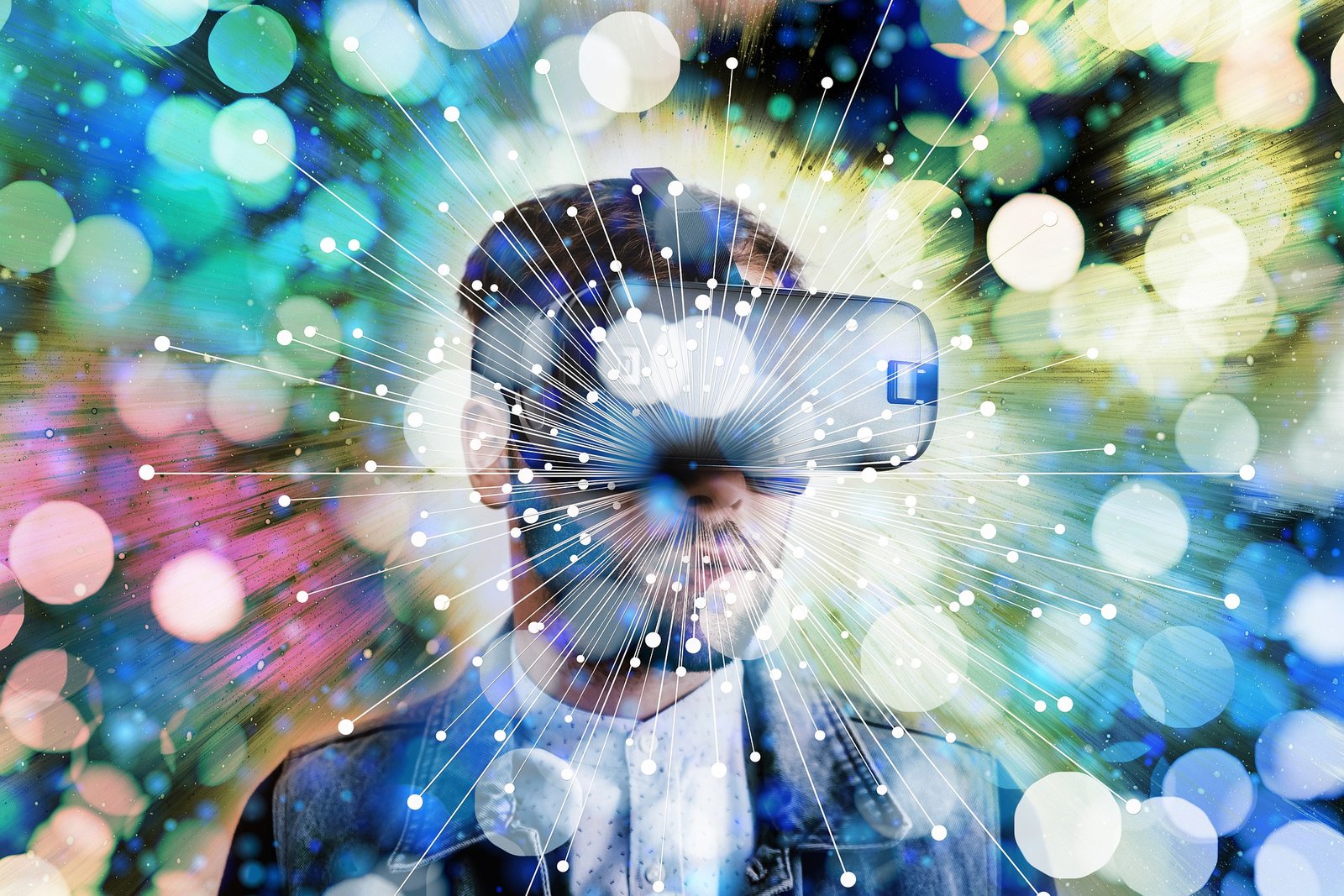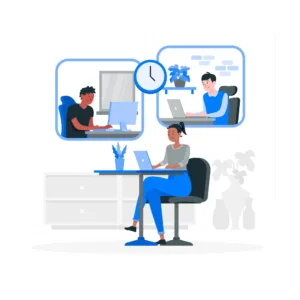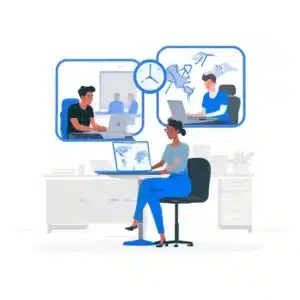Virtual reality (VR) has been a very popular topic in the game industry for a long time, and for good reason. High-powered virtual reality (VR) devices like the Oculus Rift and PlayStation VR have made it possible for players to play their favourite games in ways that were not possible before. Virtual reality (VR) could change the way we play all kinds of video games, from first-person shooters to open-world adventures.
VR isn’t just for games, though. It is also used in the medical field, in the education system, and even in the real estate market. The medical field is using virtual reality (VR) to help people with illnesses like phobias and post-traumatic stress disorder (PTSD). It is used in education to make virtual field trips and simulations. It is also used in the real estate business to give virtual tours of homes that are for sale.
As technology keeps getting better, we can expect to see a lot more uses for virtual reality (VR) in the years to come. Virtual reality (VR) has the potential to change how we do many things, including learning and having fun. It could do this by making fully realised virtual worlds and even more realistic simulations.
Augmented reality is what mobile computing will be like in the future.
Augmented reality (AR) is a method that adds digital information to how a person sees the real world around them. Augmented reality (AR) adds bits of digital content to the user’s view of the real world, while virtual reality (VR) completely immerses the user in a computer-made environment.
The most well-known use of augmented reality (AR) technology is without a doubt the smartphone app Pokémon Go, which lets people catch digital Pokémon in the real world. But augmented reality has a lot more uses in the real world as well. In the education field, for example, it can be used to make interactive textbooks. In retail, it can help customers try on clothes virtually, and in manufacturing, it can give employees digital instructions.
One of the best things about augmented reality is that you can use it on your phone or tablet. Because of this, it is simpler and more convenient to use than virtual reality. And since more and more people are using smartphones and tablets, we can expect that augmented reality will be used in even more ways in the future.
How virtual and augmented reality will change the way we work in the future
Virtual reality (VR) and augmented reality (AR) technologies are no longer only used in the gaming and entertainment industries. They are being used more and more in many different fields, such as medicine, education, and business. Virtual reality (VR) and augmented reality (AR) are two technologies that will likely be used more and more in the future, especially in business.
For example, the manufacturing industry could use virtual reality and augmented reality to train workers, give them digital instructions, and even help with remote maintenance. In the medical field, virtual reality can be used to treat patients, and augmented reality can be used to give digital data to surgeons while they are operating. VR and AR can also be used in education, for example to make virtual field trips and simulations.
But the effects of VR and AR on the future of work will be much bigger than just how people use the technologies. It could also change how we do our jobs. Thanks to technologies like virtual reality (VR) and augmented reality (AR), employees will be able to talk to coworkers in other places in real time, no matter where they are in the world (AR). Augmented reality will also make it possible for employees to access digital information on the job site, so they won’t have to stop what they’re doing to check a manual.
As these technologies continue to improve, it is important to think carefully about how they might affect the workplace of the future and how we can best get ready for that.





